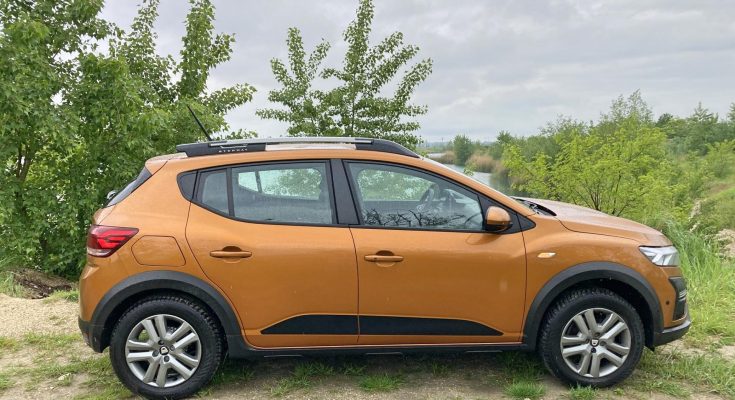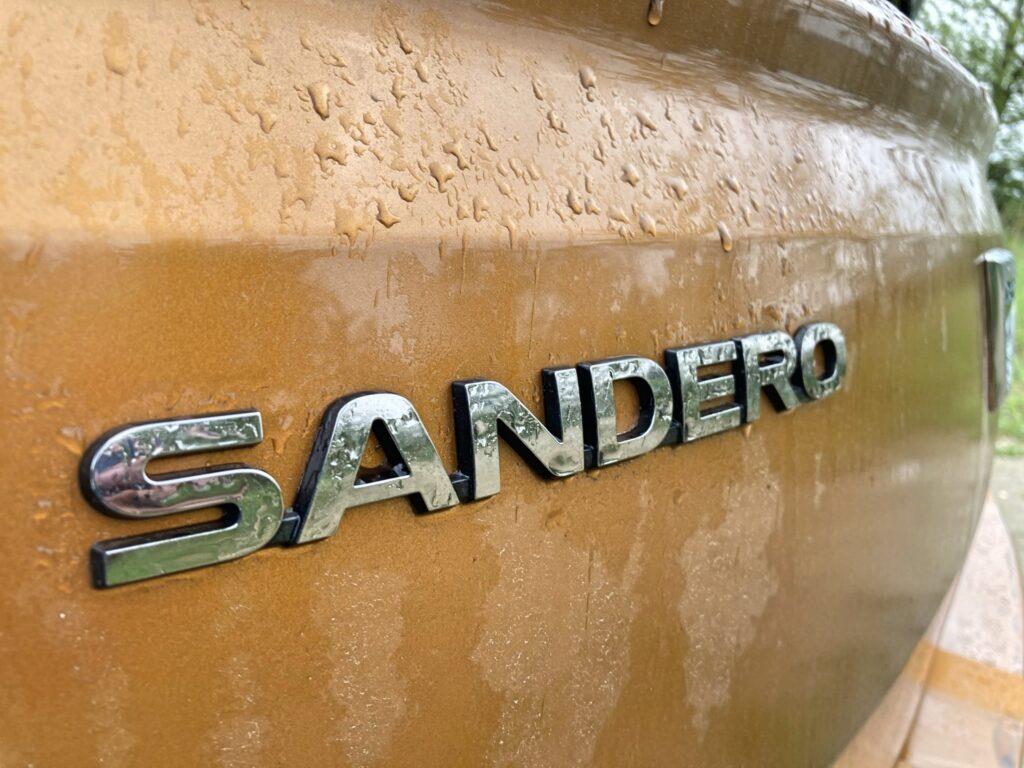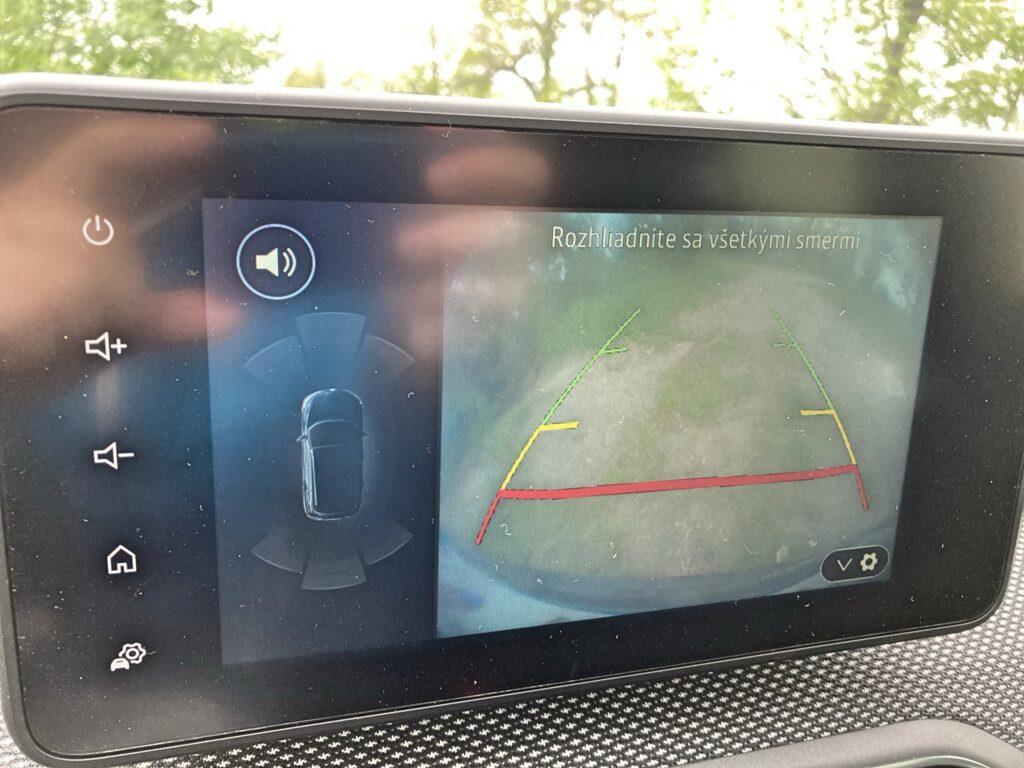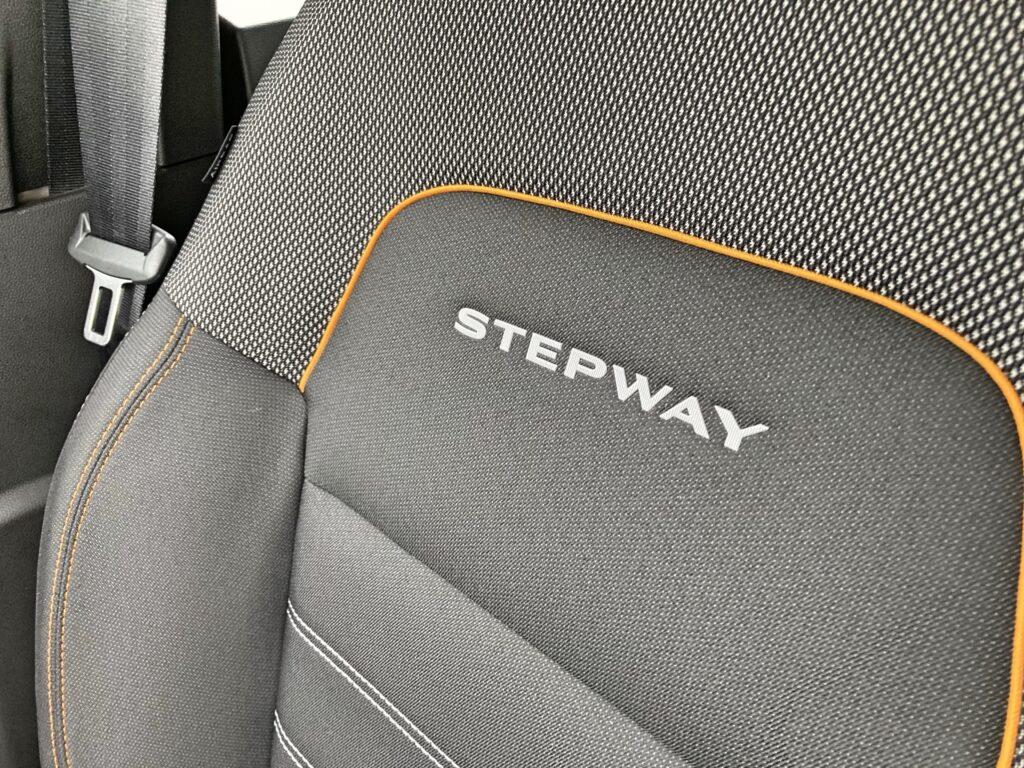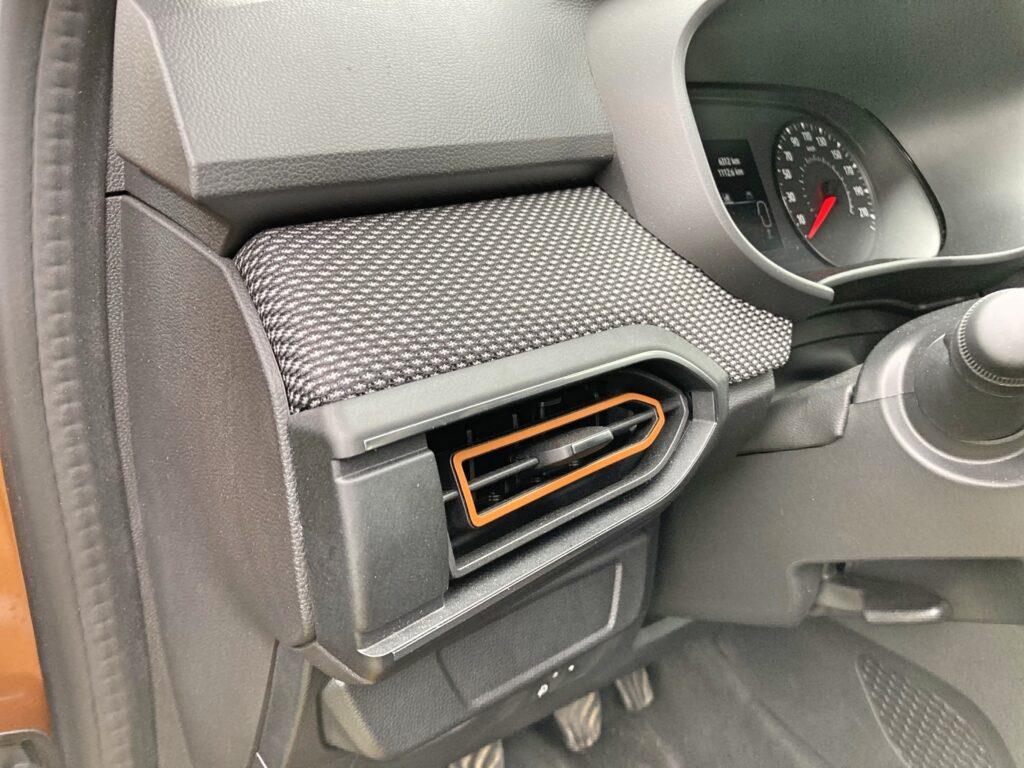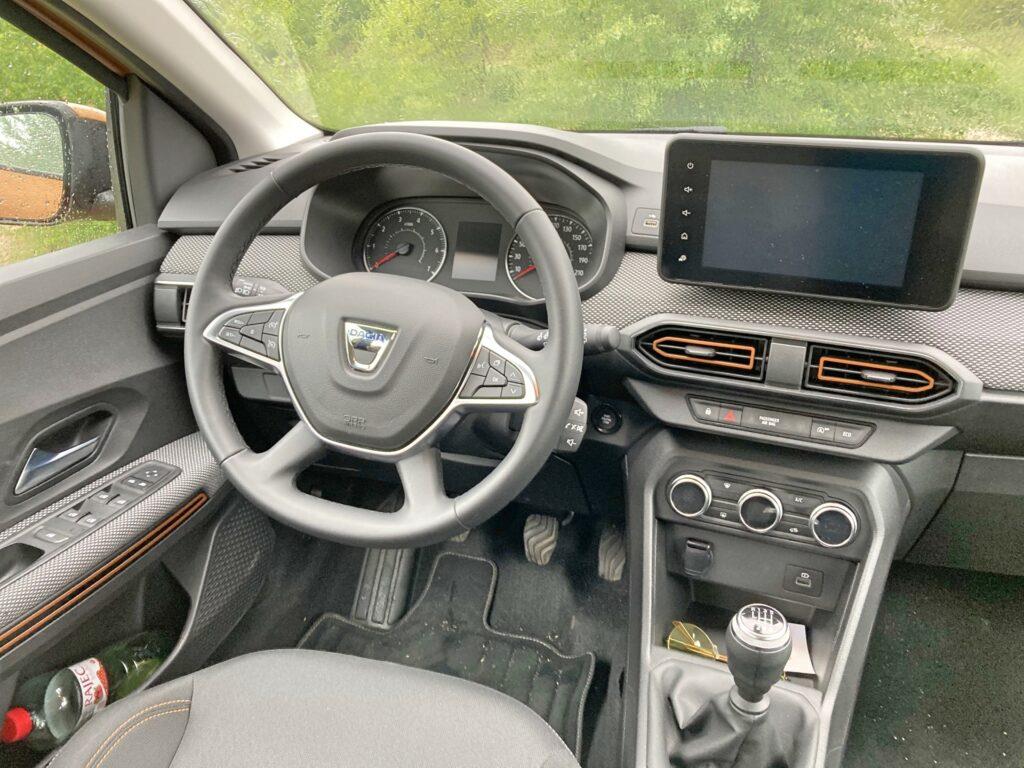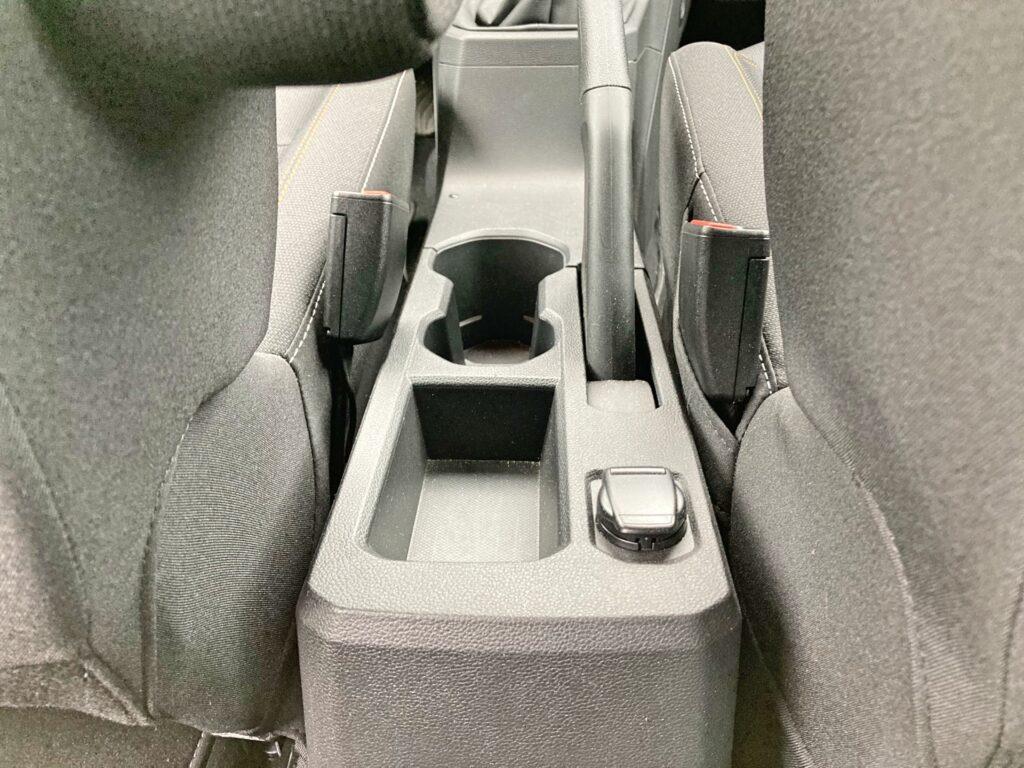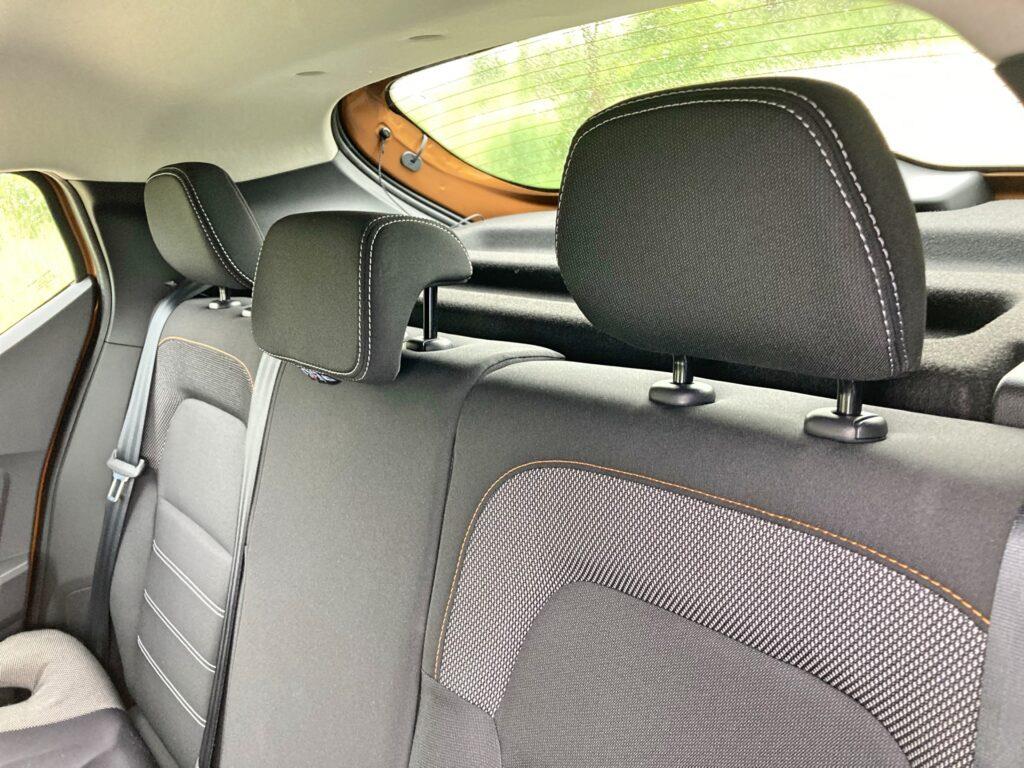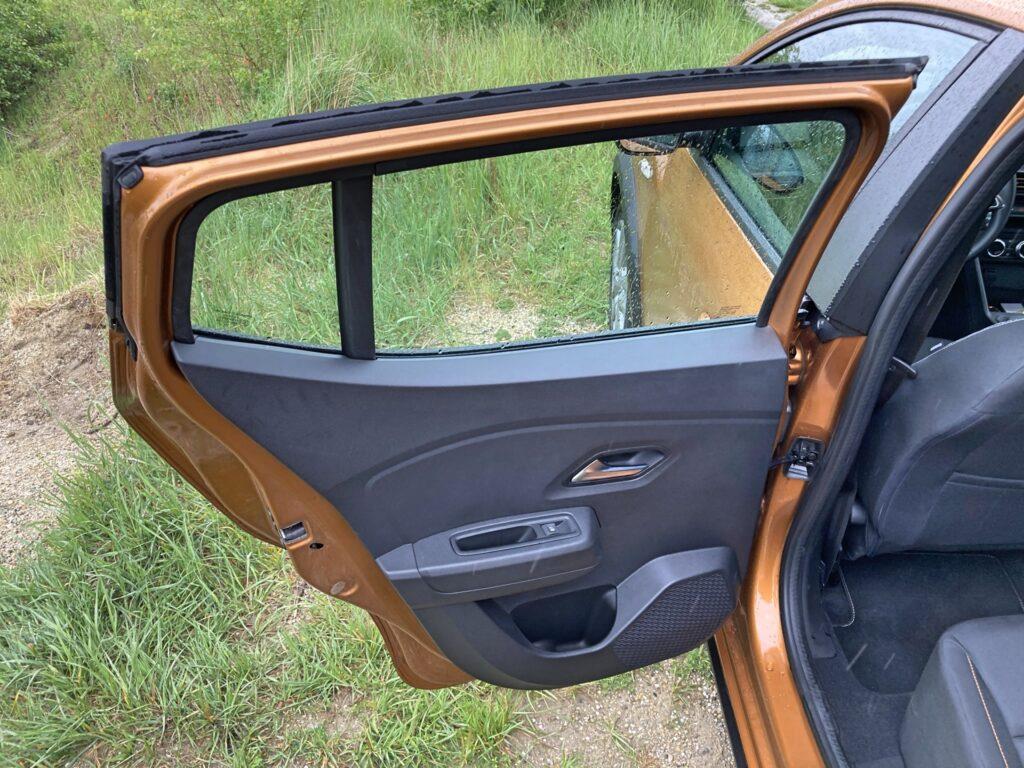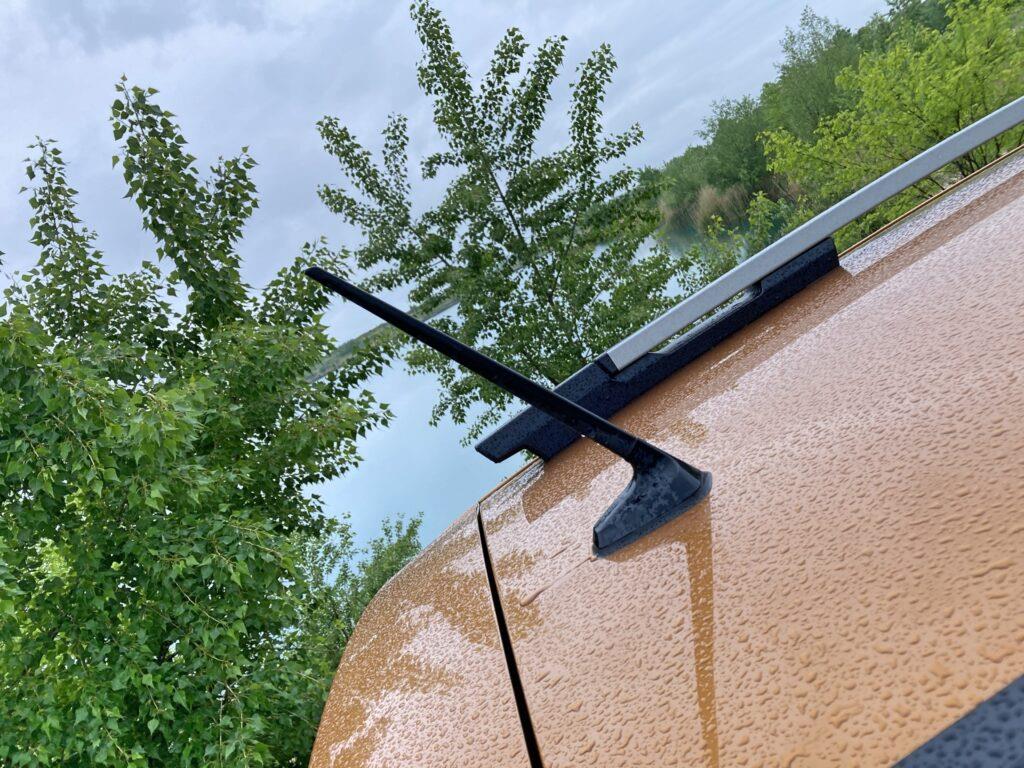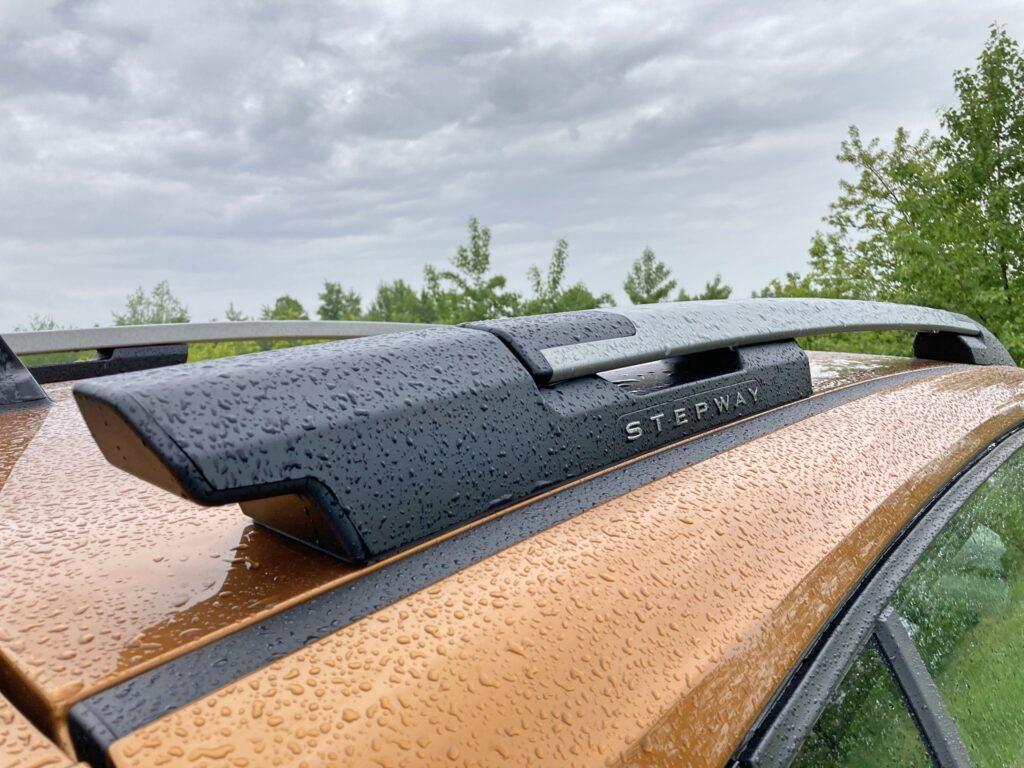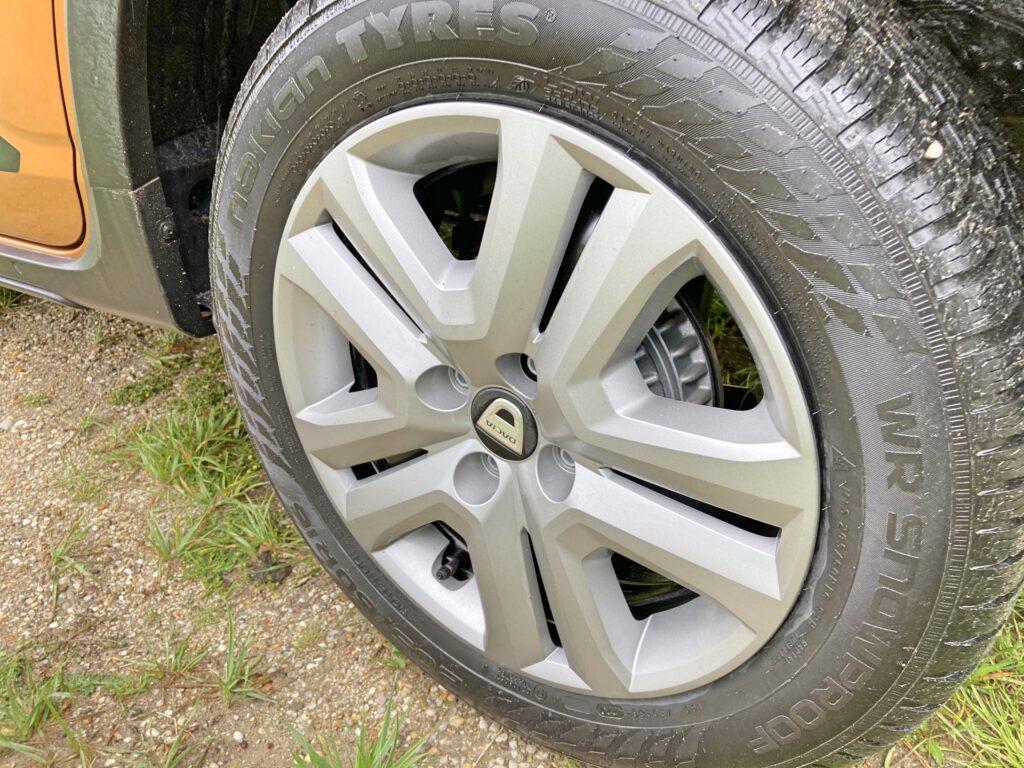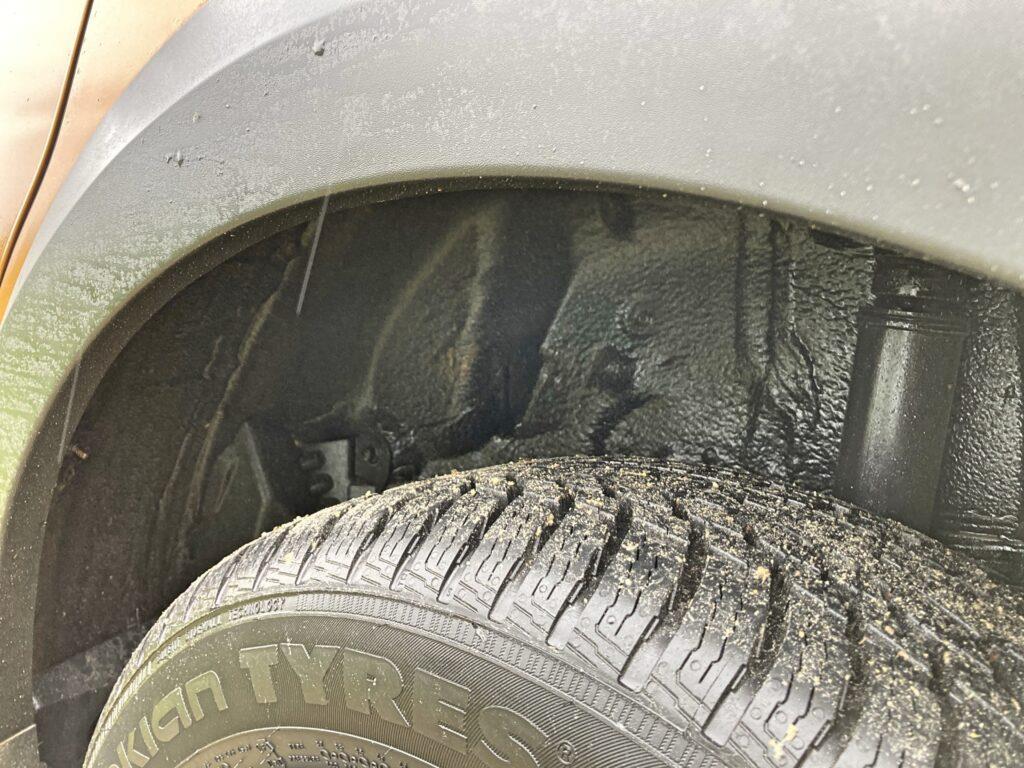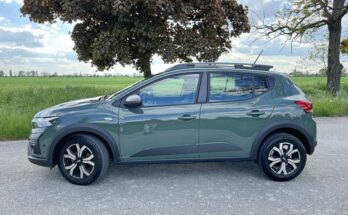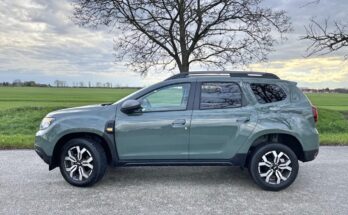The new Dacia Sandero is no longer a cheap-looking car. In the new generation, it really looks like the world, offers decent equipment, much higher comfort and, above all, still a lot of music for little money…
The fact that the Sandero of the previous generation was not very design-friendly is a fact of three. The latest generation takes its appearance to a completely new level. The Sandero looks really modern, it no longer has such a narrow impression and has a fresh look. Before, maybe the Sandero was the car you bought when the main parameter was the low price and nothing else was looked at. Now even those who want a nice car can buy it with a clear conscience.
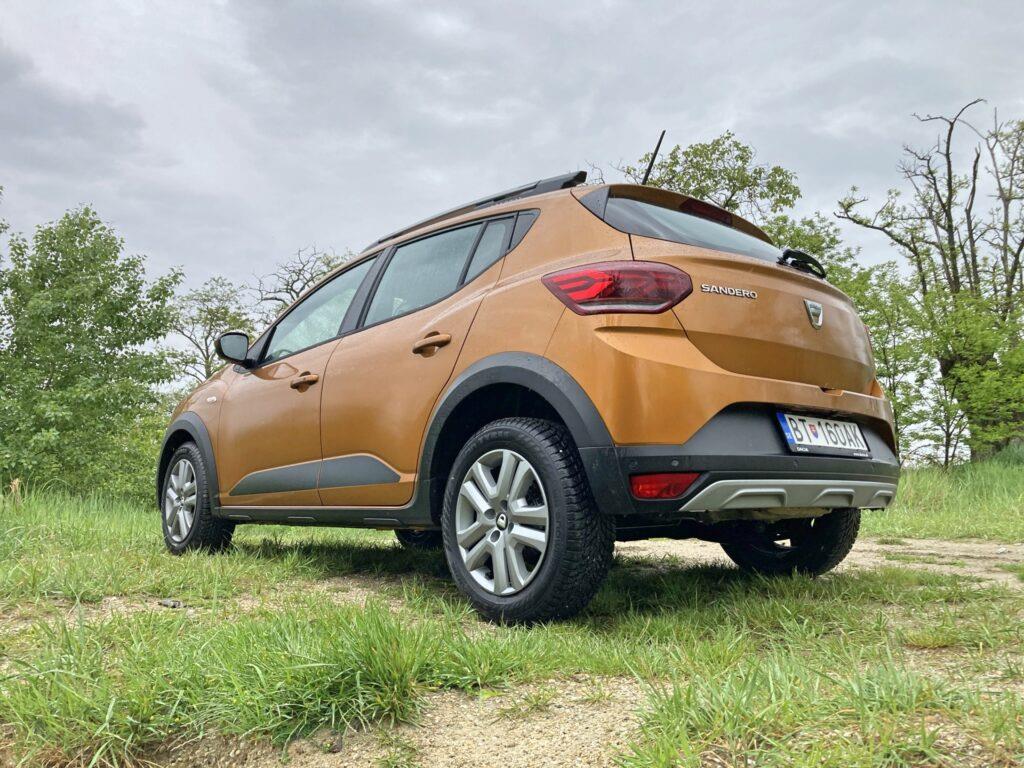
The appearance was greatly helped by the graphics of the front and rear lights. The LED daytime running light signature looks really interesting and visually expands the car. Although we don't find any LED technology in the rear lights, their arrow-shaped design is still great. LED diodes can be found, in addition to license plate lighting, mainly in front lights, not only as daytime running lights, but also as low beam lights. And in addition, straight in the basic equipment. It's just a pity that the main lights are still incandescent and so they won't help those who meet, rather they will just change the color flow. The Sandero in the Stepway version received a decent ground clearance of 201 mm and almost simply-clever roof racks that can be remounted on the crossbars, so you save on buying additional accessories and a chest, or you can throw bicycles without any problems.
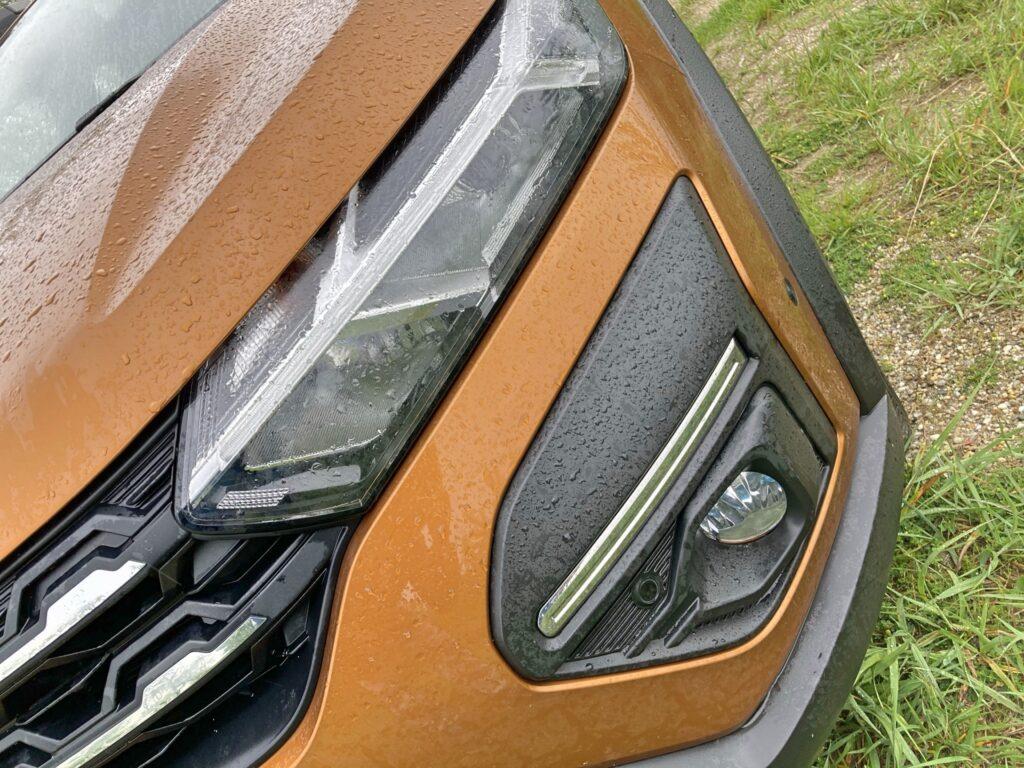
Inside the new Sander, everything depends on the selected equipment. If you choose the lowest one, you won't get any design fads. The dashboard will be all black, plastic and kind of sad. However, if you treat yourself to the Stepway version, the situation is completely different. The plastics are still the same black and hard, but you get a bright fabric strip on the dashboard and "copper" decorative elements. A classic pair of alarm clocks remained, between which a more modern on-board computer display appears. Great and simple air conditioning control, similar in design to the premium segment, is taken from the Duster .

Plastics already have a more pleasant structure in Sander, on which fingers do not slip, nothing creaks anywhere and everything seems solid. In the higher Comfort trim, the steering wheel is covered with artificial leather, which is really good and pleasant to hold. Infotainment is handled either by a classic display in the middle of the dashboard or just by a phone holder. So if you choose a lower equipment and do not have a built-in display, your phone will replace it, which you place in the prepared place. There is a USB port right next to it, which you can use to power it.
A logical question arises – if there is no display, how will the radio or, for example, a hands-free system be controlled? Simply – either using the phone and the special Dacia Media Control application, which allows you to use popular applications from a smartphone and also displays the radio interface and output from the on-board computer, or with a typical controller under the steering wheel, while the function display takes over the display between the alarm clocks.
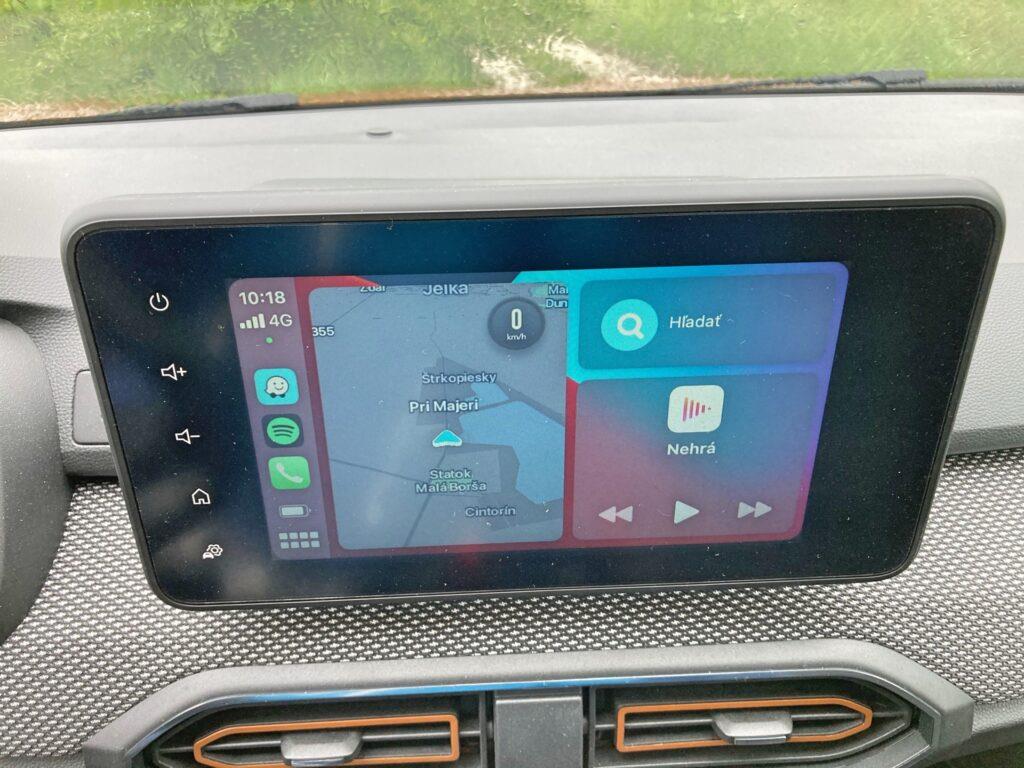
As infotainment, we had a classic 8″ display with Apple CarPlay and Android Auto support, which ran without problems and even wirelessly. In the higher equipment, there is also another USB available at the bottom of the compartment, but it is only for charging. However, you will not find wireless charging anywhere, so if you want to charge the phone while using these functions, it must be physically connected to the upper connector and the cable stretched behind the display. This is where the holder from the basic version comes in handy, which is of course available as an optional accessory.
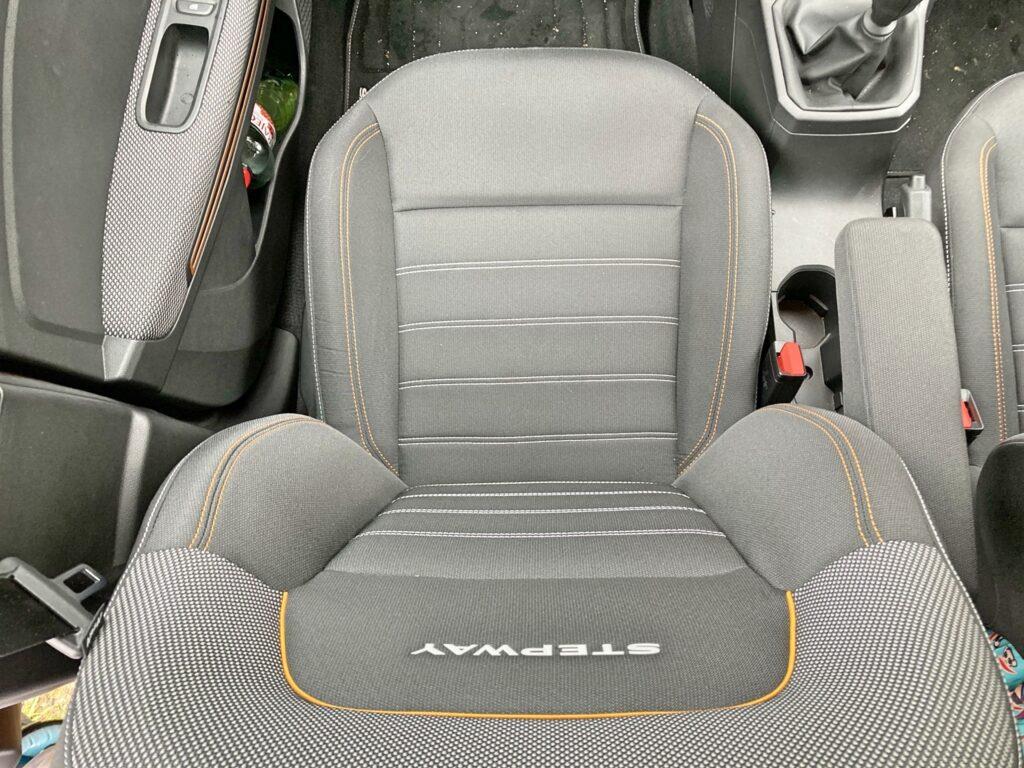
If you drove an older generation Sander, you will appreciate the new seats immediately after putting them on. They are just right and even a longer journey in them is not a punishment. The only thing that can be criticized here is the slightly shorter seats. Between generations, 4 centimeters have been added to the interior for the knees of the passengers in the back, and it is quite noticeable. By myself, with my 186 centimeters, I sat down perfectly comfortably and had enough space in all directions. The same applies to the space on the front seats. Heating of the front seats is not yet available, but it should be available later as an additional package.
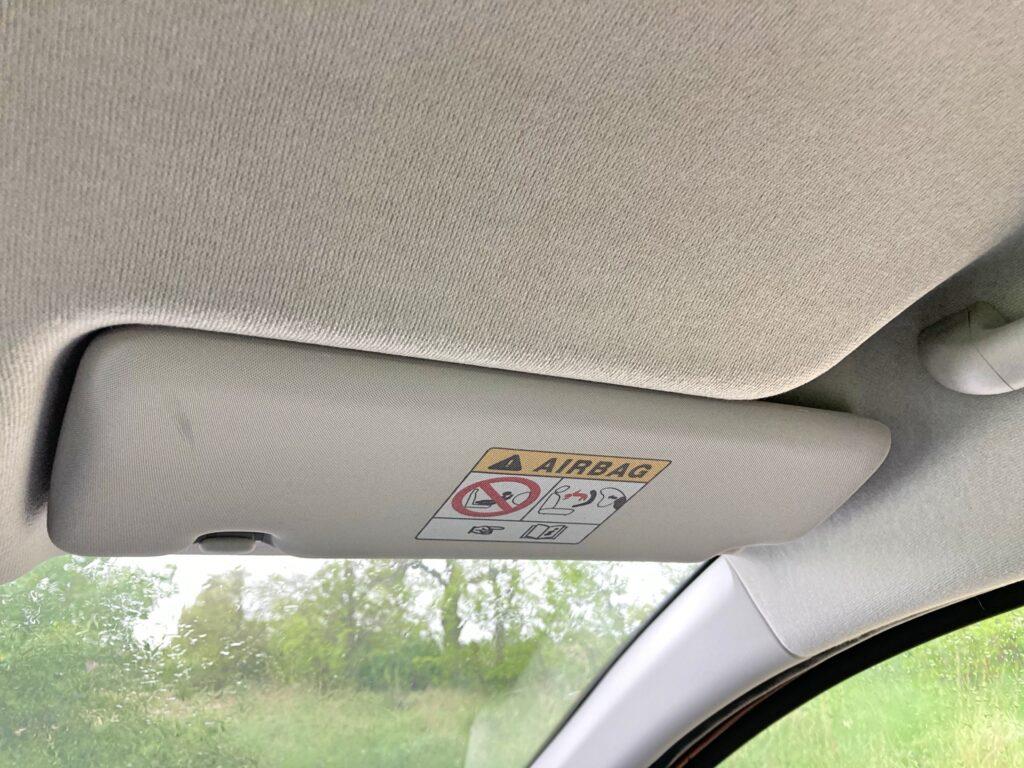
The only thing that really annoyed me in the interior is the sun shades, or the inability to fold them with your fingers across the entire width – they seem to be embedded in the ceiling and the cutouts for the grip are only on the sides closer to the door. You will have to fold the passenger's screen in this way with proper stretching of your hand while driving.
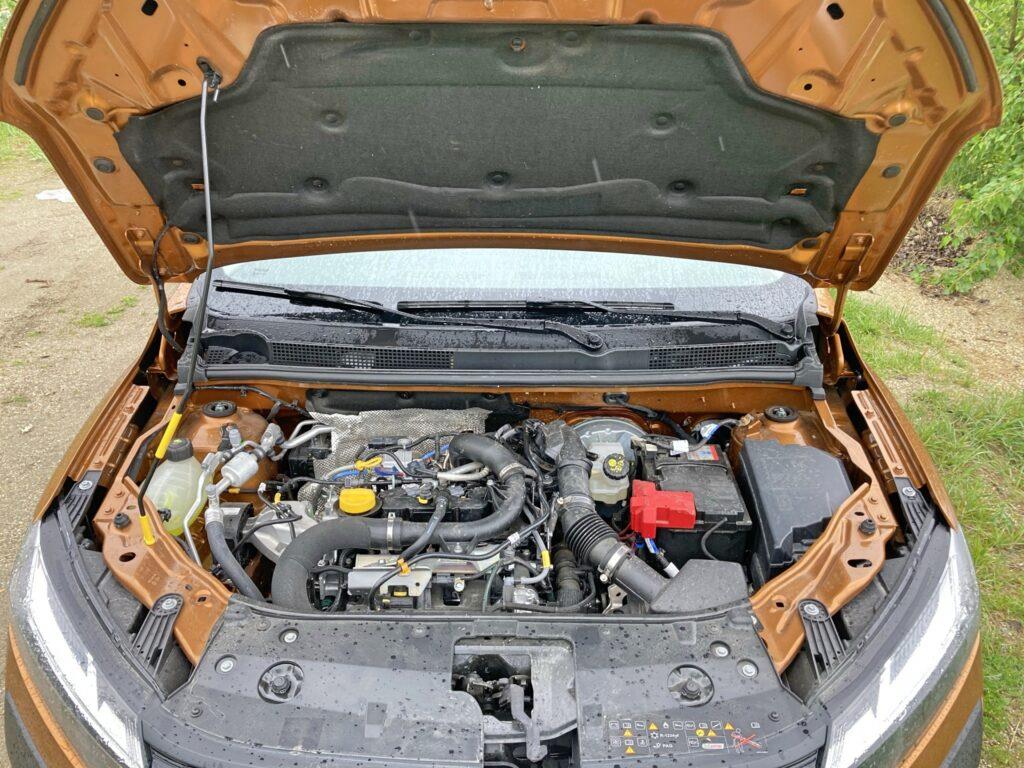
The trunk offers 328 liters, which is quite a common average. However, it is very well shaped and finally someone thought, so here we find not one but 4 hooks for bags. It is also positive that there can be a reserve at its bottom. The latter is for an additional fee, but especially if you get a slightly more adventurous version of the Stepway, it can be useful for trips to nature.

We tested the Sandero with the TCe 90 engine, which is a three-cylinder turbo petrol with indirect injection. For a volume equal to 999cm3, the power values are a respectable 67kw (91k) at 4,600–5,000 and it extracts 160Nm from itself at 2,100–3,750. Both the turbo and the engine itself are quite audible at higher revs, and the number of cylinders this "motorcycle" "he doesn't try to disguise it in any way. But he can move the car quite comfortably.
For acceleration from zero to a hundred in 12 seconds, it may not be much to know, but it is quite possible for flexible acceleration. It doesn't get to 100 quickly even because of the short transmission, as the first three speeds are stacked very short. As soon as the car is moving and you need to overtake, for example, just downshift and there is no problem. The small turbo engine behaves almost like the old 1.6 atmosphere. The engine responds pleasantly at lower revs and the smaller turbocharged unit is still easier for the average user to control than the original larger naturally aspirated engine that required revs. At speeds above the highway limit, however, it starts to lose its breath.
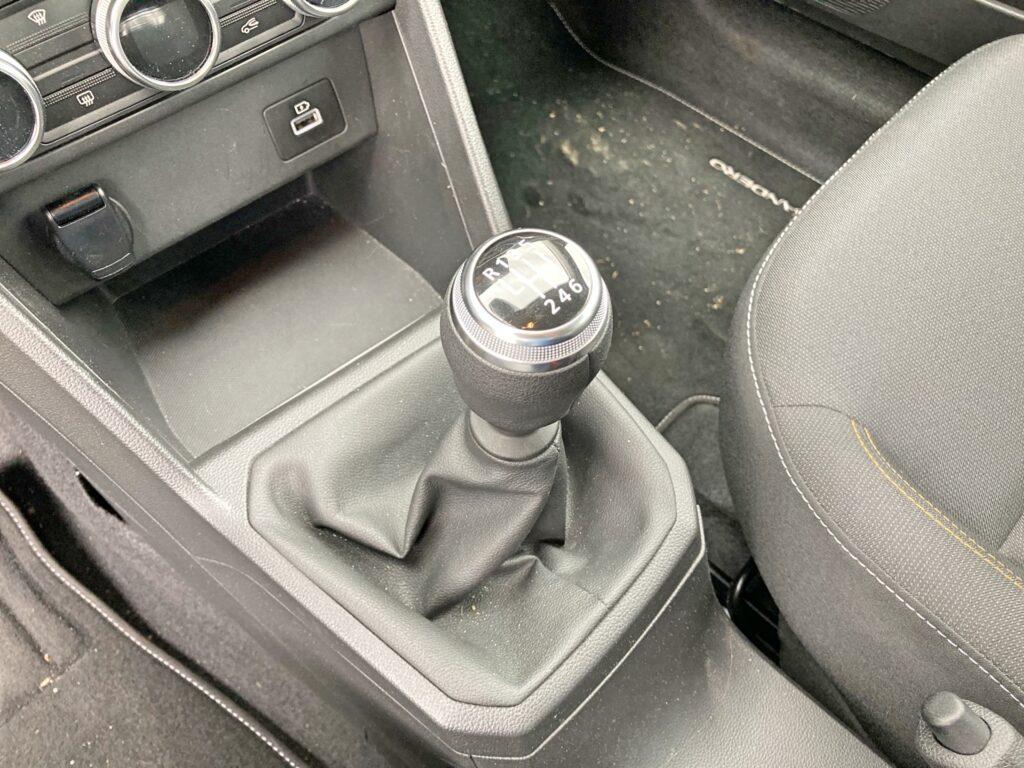
Shifting is pleasant, although the shift lever has long paths and I was a bit bothered by the design "ring" around the head. You no longer have to stir the gears like in a pot and the scenery is quite accurate and the gears change smoothly without stuttering. As for consumption, it is indicated at 5.1 to 5.5 l. And it is not far from the truth. I didn't drive slowly and I didn't even activate the eco mode just to be sure, because I know very well what it does (it destroys any reaction to the gas pedal and the car behaves like an underpowered babe). Consumption during the test stabilized at 6.2 l / 100 km. Decent…
So when we have the 90 horsepower version, there are certainly several more powerful engines to choose from. But that's not quite the case – you can still have the TCe 90 CVT, which is the same engine but with a CVT gearbox, and then the TCe 100 LPG. The latter is stronger thanks to the higher octane number of the gas, and it is also very nice about this version that it has both a classic 50 l tank for gasoline and an additional 40 l for LPG. The range can then be a great 1,300 kilometers – but more on that next time. Let's take a look at the driving characteristics…

The Stepway version has some 4 centimeters more ground clearance. This can be useful if you go off the main road, or for example when parking near the curb. But it has one more advantage – the chassis is more comfortable than that of the classic Sander. However, the Sandero Stepway is not soft at all. The tuning of the chassis is just right on the border between comfort and safety. Where the car loses a bit of confidence is when driving at a higher speed on the highway with a stronger side wind. Lateral stability will be better with the classic.
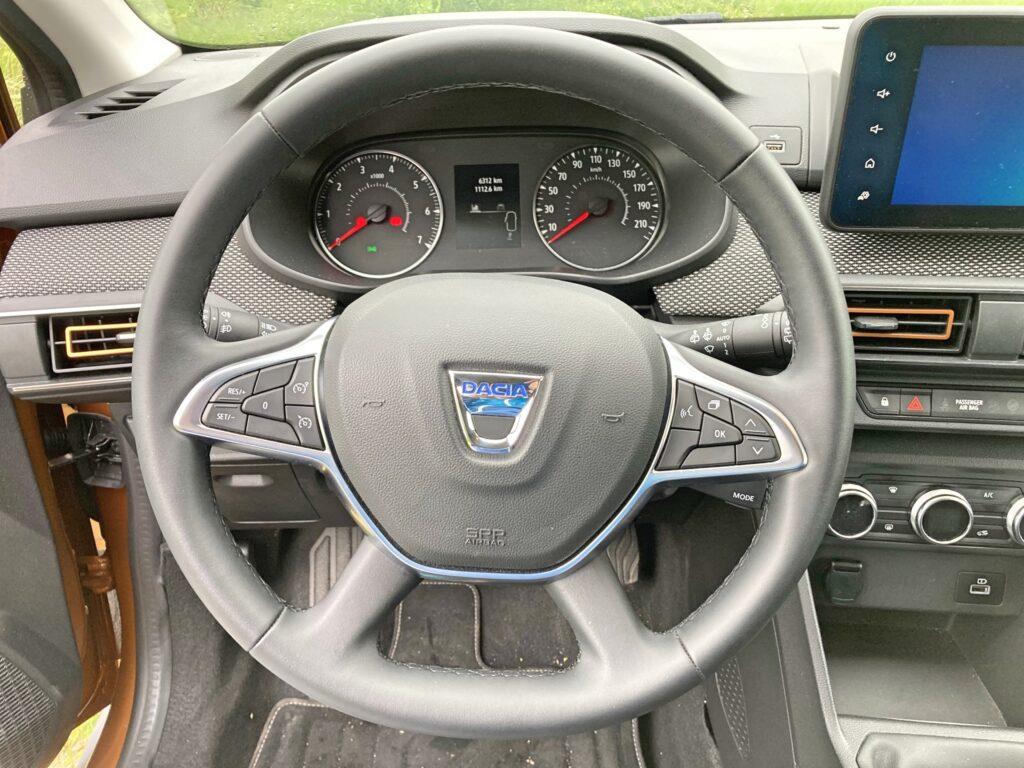
The new Sandero is better in all respects. It looks good, feels good, is still relatively cheap and modern. It will offer clever solutions, such as FLEXWHEEL wheels, which are metal discs with knobs that look like cast wheels. It offers the mentioned modular system of roof racks, you can choose whether you will literally stick to the ground with the classic Sander, or treat yourself to better ground clearance and a slightly different look with the Stepway version. Thanks to the equipment packages, which are really not expensive, you can equip the car to the "top" for a few crowns, but it loses the stamp of "cheap" and begins to move in the waters of the competition.
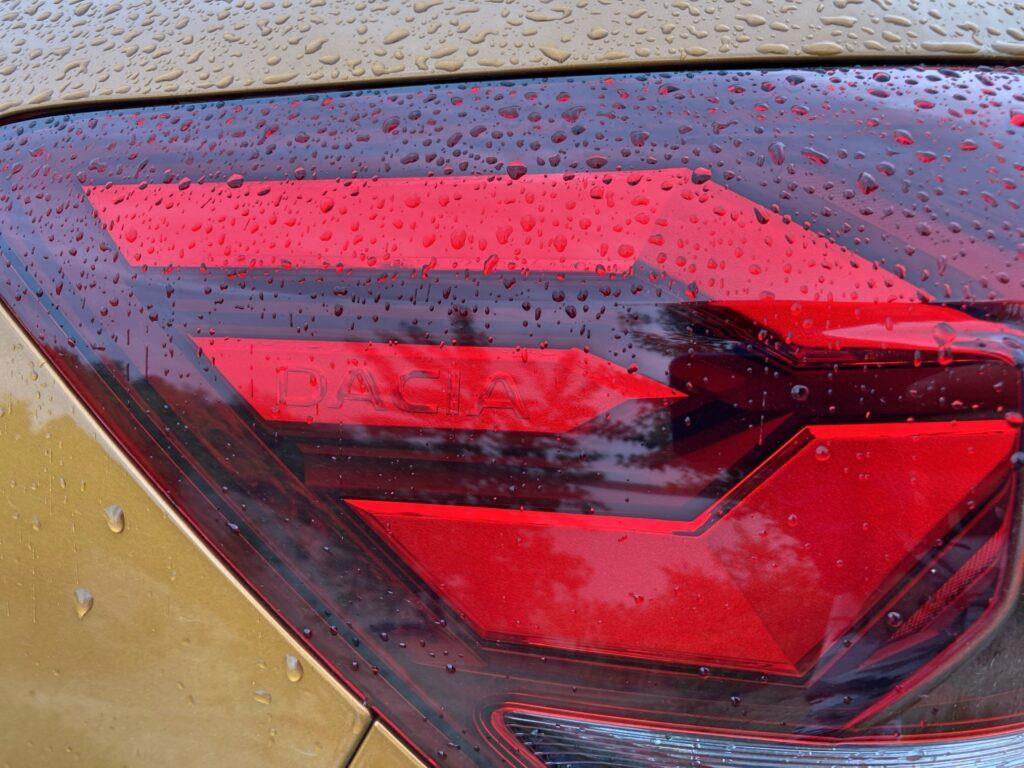
In the currently tested equipment, it came out that the Sandero Stepway with TCe 90 in the Comfort equipment costs €12,900. Here you will find all the important assistance systems, such as the Active Emergency Braking System, the Blind Spot Monitoring System, or the Hill Start Assistant. Surcharge metallic paint for €440, packet Extra Plus and other things such as a reserve, electric rear windows, or a double floor in the trunk drove the price to a level attacking the value of €15,000. In addition to the heated seats, quite an interesting price tag for a fully equipped new car with a warranty!
| Technical specifications | 1.0 Tce |
|---|---|
| Engine | |
| Engine type: | in-line, ignition |
| Cylinders/valves: | 3/12 |
| Displacement [cm3]: | 999 |
| Highest power [kW (hp)/rpm]: | 67 (91)/4,600–5,000 |
| The highest twist. torque [Nm/rpm]: | 160 / 2,100–3,750 |
| Operational characteristics | |
| Maximum speed [km/h]: | 172 |
| Acceleration from 0 to 100 km/h [s]: | 12 |
| Consumption – station wagon [l/100 km]: | 5.1–5.5 |
| Dimensions and weights | |
| Luggage space [l]: | 328 |
| Tank volume [l]: | 50 |
| Operating weight [kg]: | 1152-1211 |
| Tire size: | 205 / 60 R16 |
| Length [mm]: | 4099 |
| Width [mm]: | 1848 |
| Height [mm]: | 1,535 |
| Wheelbase [mm]: | 2604 |

